Introducing the DAC U1 Signature — the first device built on PCM63 that has made me rethink my attitude towards TDA1541. This machine sounds so good that I’m left wondering if there will ever be a device with a 6080 output stage that can match to DAC 3.2 signature.
What sets it apart from other Philips chips is its incredible tonal purity. The device’s tonal clarity is simply outstanding thanks to a special current-voltage converter that utilizes niobium audio note resistors, successfully overcoming the PCM63 tendency to add too much «sugar» and «molasses» in the sound. High resolution throughout the full range without excess warmth and smoothness places this device in rank with the TDA1541 in many aspects of good sound. While the TDA1541 still excels in transmitting the human voice, the competition is now neck and neck. The clavichord with the new DAC sounds unusually clear and colorful.
We currently have a pair of PCM63P-Ks available, which means the DAC can be replicated even with the best grade chips.
Let’s talk about the main features of the new DAC. The output stage is built using a well-proven 6BL7 double triode and a 5V4 tube rectifier. The current-voltage converter is made of low-noise germanium high-frequency transistors of the pnp structure.
In the digital part, the +5V voltage for powering the PCM63 is rectified by the EZ80 valve, and the SPDIF receiver used is the CS8414.
The shift register is assembled with obsolete LS serie, and the power transformer is a vintage Germany transformer with rewound secondary windings.
For a better sound quality, the boards are covered with gold and a special varnish.
Switching of SPDIF inputs is done with Soviet industrial RF relays. These are reed switches with gold-plated contacts and a sealed case, making them more reliable than other relays.
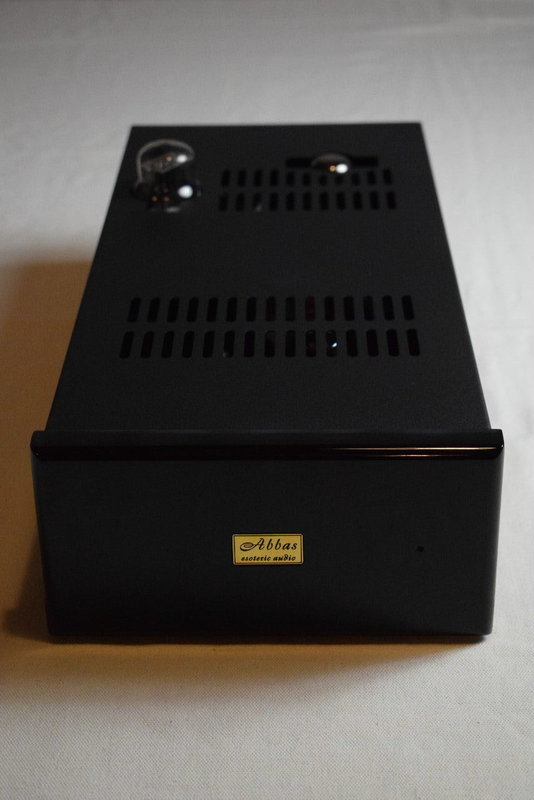
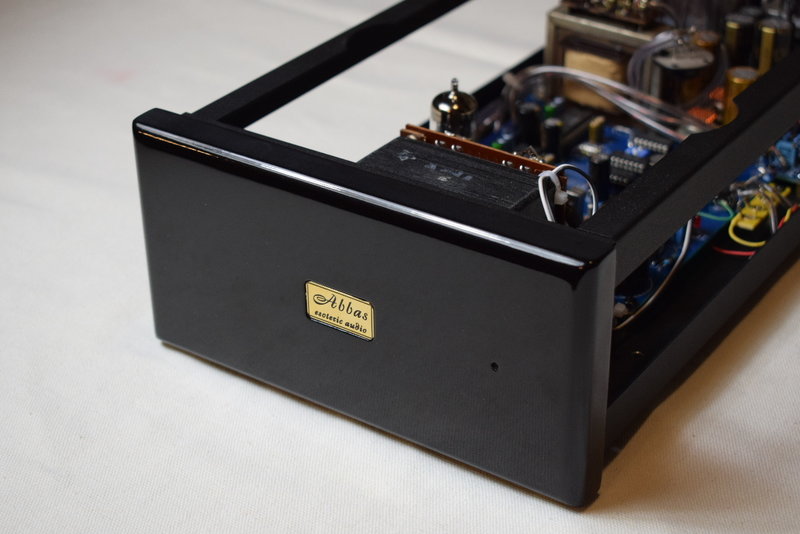
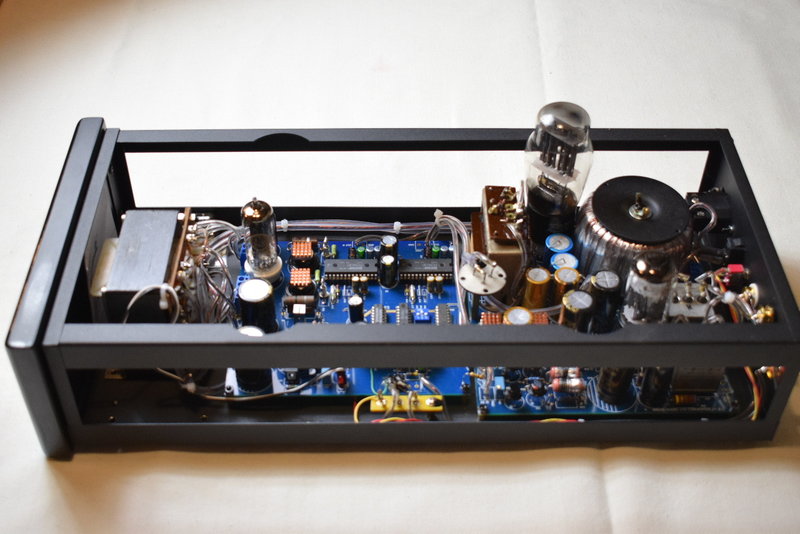
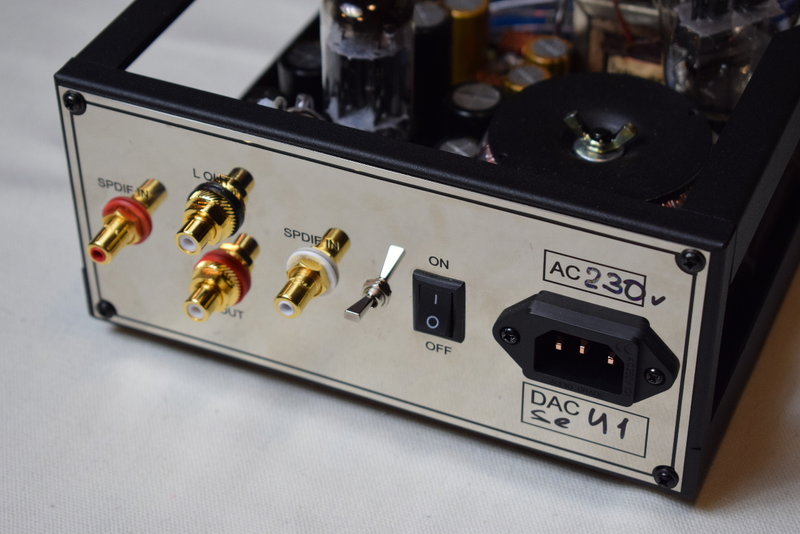
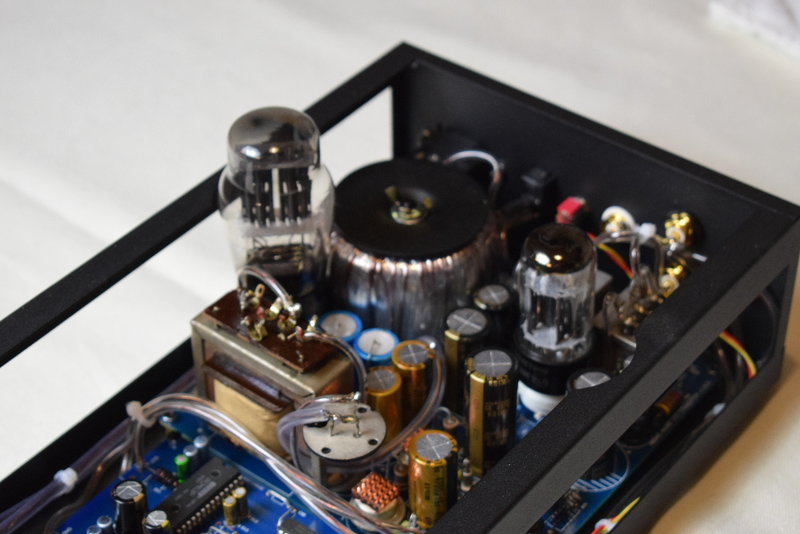
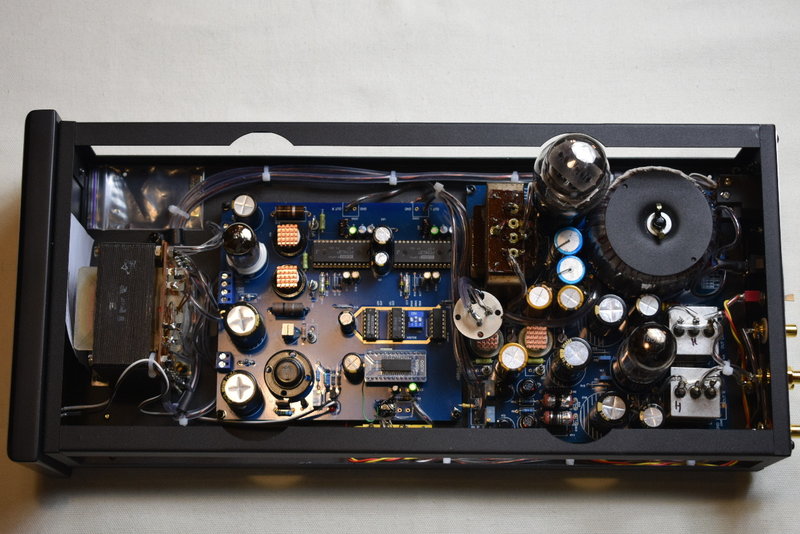
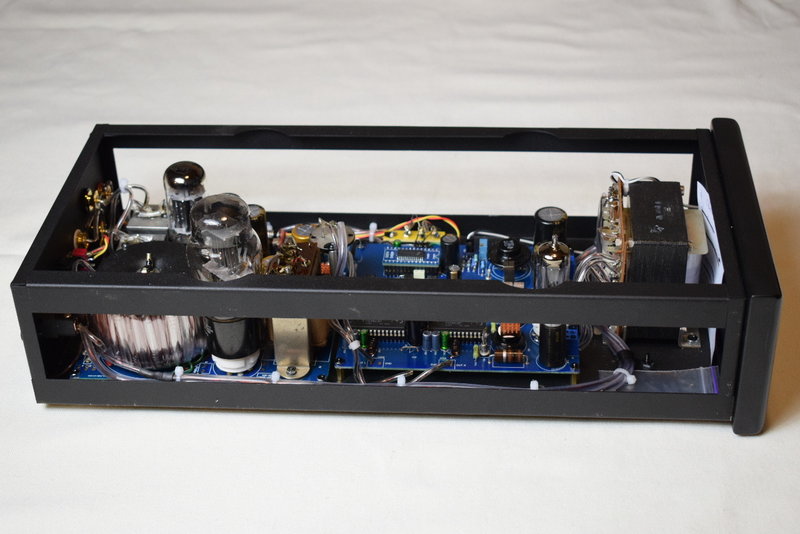
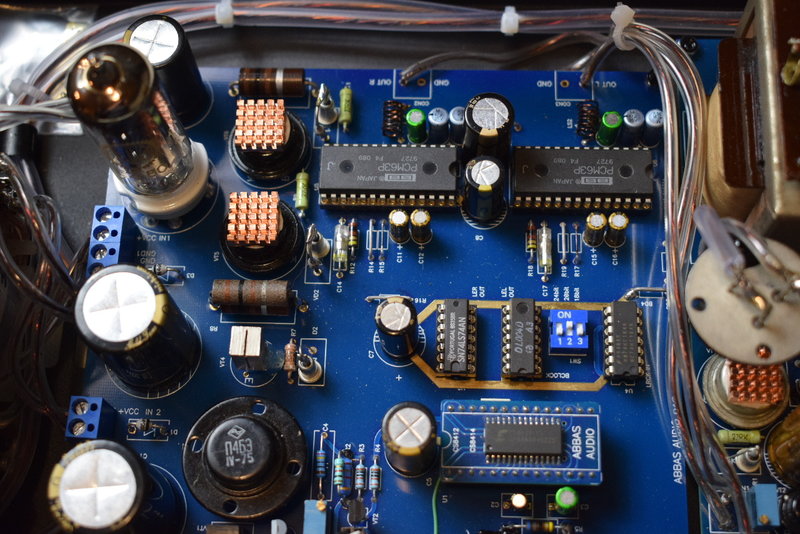
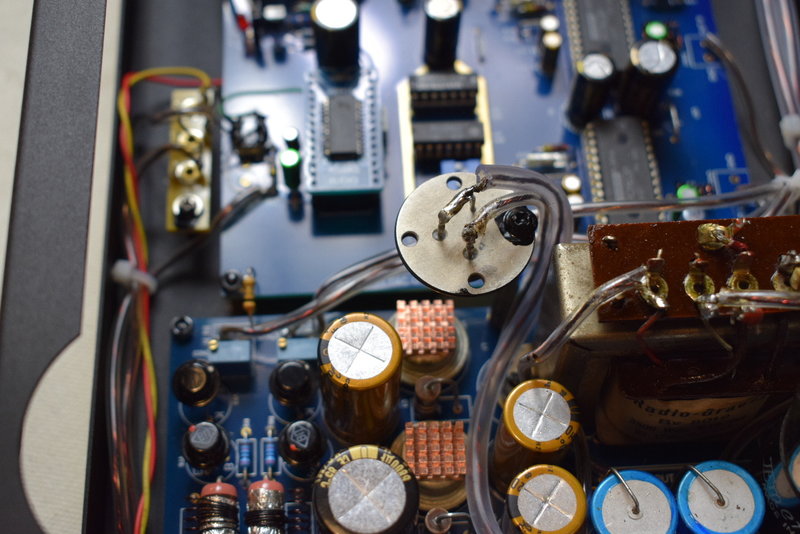
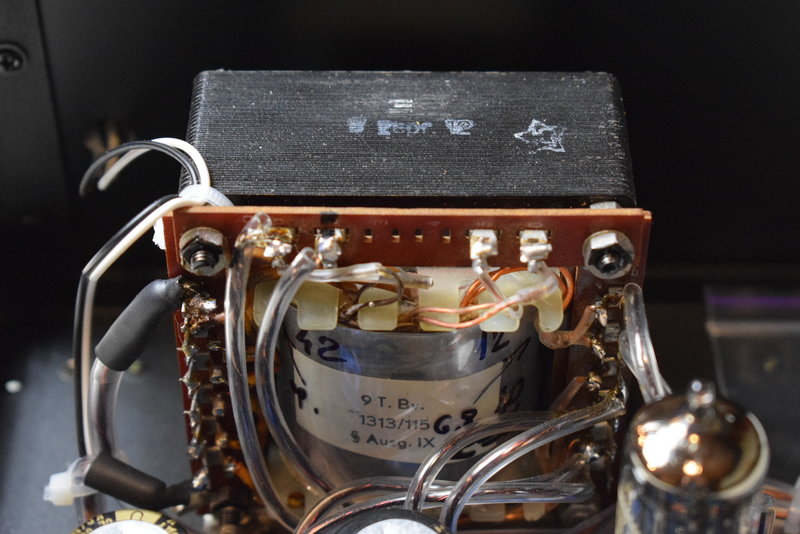
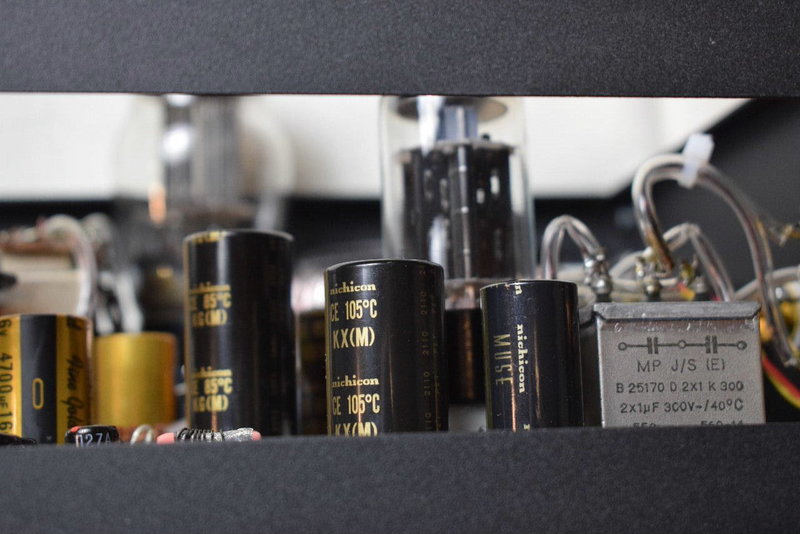

Please use the Contacts page for inquiries or purchases. Such comments will not be published.